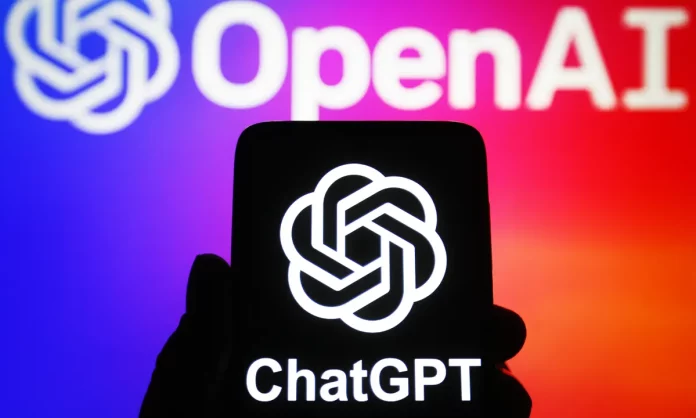In the current swiftly evolving digital environment, artificial intelligence and natural language processing technologies are significantly transforming the manner in which we engage with computers and software applications. A notable stride in this domain is represented by ChatGPT, a robust language model crafted by OpenAI. ChatGPT has garnered acclaim due to its capacity to produce text resembling human language and participate in substantive dialogues, rendering it an enticing option for inclusion in diverse applications. Within this extensive guide, we will thoroughly examine the advantages and disadvantages associated with integrating ChatGPT into your applications, furnishing you with the insights required to make a judicious choice regarding the utilization of this AI model’s capabilities.
Pros of Integrating ChatGPT:
Enhanced User Engagement:
ChatGPT can provide real-time responses and engage users in dynamic conversations. This can significantly enhance user engagement within your application, keeping users more involved and satisfied.
24/7 Availability:
ChatGPT is available round the clock, allowing your application to offer support or interaction at any time. This is especially beneficial for global audiences and users in different time zones.
Scalability:
ChatGPT can handle multiple conversations simultaneously, making it scalable for applications with varying levels of user interactions. Whether you have a few users or thousands, ChatGPT can adapt.
Cost-Effective:
Compared to maintaining a large customer support team, integrating ChatGPT can be cost-effective in the long run. It can handle routine inquiries, freeing up human agents for more complex tasks.
Customization:
You can fine-tune ChatGPT to match your application’s personality and tone, ensuring a consistent user experience. Customization options allow you to align the AI’s responses with your brand.
Multilingual Support:
ChatGPT supports multiple languages, making it accessible to a global audience and helping your application reach a wider user base.
Automation:
Routine tasks like answering frequently asked questions or data retrieval can be automated with ChatGPT, saving time and effort for both users and developers.
Cons of Integrating ChatGPT:
Accuracy and Reliability:
While ChatGPT is impressive, it may not always provide accurate or reliable responses. The model can generate incorrect or biased information, which can be problematic, especially in critical applications.
Lack of Understanding Context:
ChatGPT’s responses are generated based on patterns it has learned from vast amounts of text. It may struggle to understand context or provide coherent answers in complex conversations.
Data Privacy Concerns:
When users interact with ChatGPT, they may share sensitive information. Ensuring data privacy and security is a significant challenge that requires robust safeguards.
Training and Maintenance:
Integrating ChatGPT into your application requires training and ongoing maintenance. Fine-tuning the model and monitoring its performance can be resource-intensive.
Dependency on Third-Party APIs:
If you use ChatGPT through a third-party API, your application’s functionality can be affected if the API experiences downtime or changes its terms of service.
Potential for Misuse:
Just like any technology, ChatGPT can be misused for harmful purposes, including generating spam or engaging in malicious activities.
User Expectations:
Users may have unrealistic expectations of ChatGPT’s capabilities, leading to disappointment if the AI cannot fulfill all their requests.
Best Practices for Integrating ChatGPT:
How to integrate ChatGPT? Follow these instructions:
Set Clear Expectations:
Inform users that they are interacting with an AI, not a human. Set clear boundaries for the AI’s capabilities.
Regular Monitoring:
Continuously monitor ChatGPT’s responses and train it to improve accuracy and reliability.
Privacy Measures:
Implement robust data privacy measures to protect user information.
Human Oversight:
Consider integrating ChatGPT with human agents who can step in when the AI cannot provide suitable responses.
User Feedback:
Encourage users to provide feedback on their interactions with ChatGPT to identify areas for improvement.
Use Cases:
Identify specific use cases where ChatGPT can add value to your application, such as answering FAQs, providing recommendations, or assisting with troubleshooting.
Compliance:
Ensure that your use of ChatGPT complies with relevant laws and regulations, including those related to data privacy and AI ethics.
To sum up, the integration of ChatGPT into your applications presents several advantages, such as improved user engagement, scalability, and cost-efficiency. Nevertheless, it does pose challenges concerning accuracy, data privacy, and user expectations. By carefully evaluating your application’s needs, implementing best practices, and staying attentive to user feedback, you can leverage the power of ChatGPT while mitigating potential drawbacks.



































